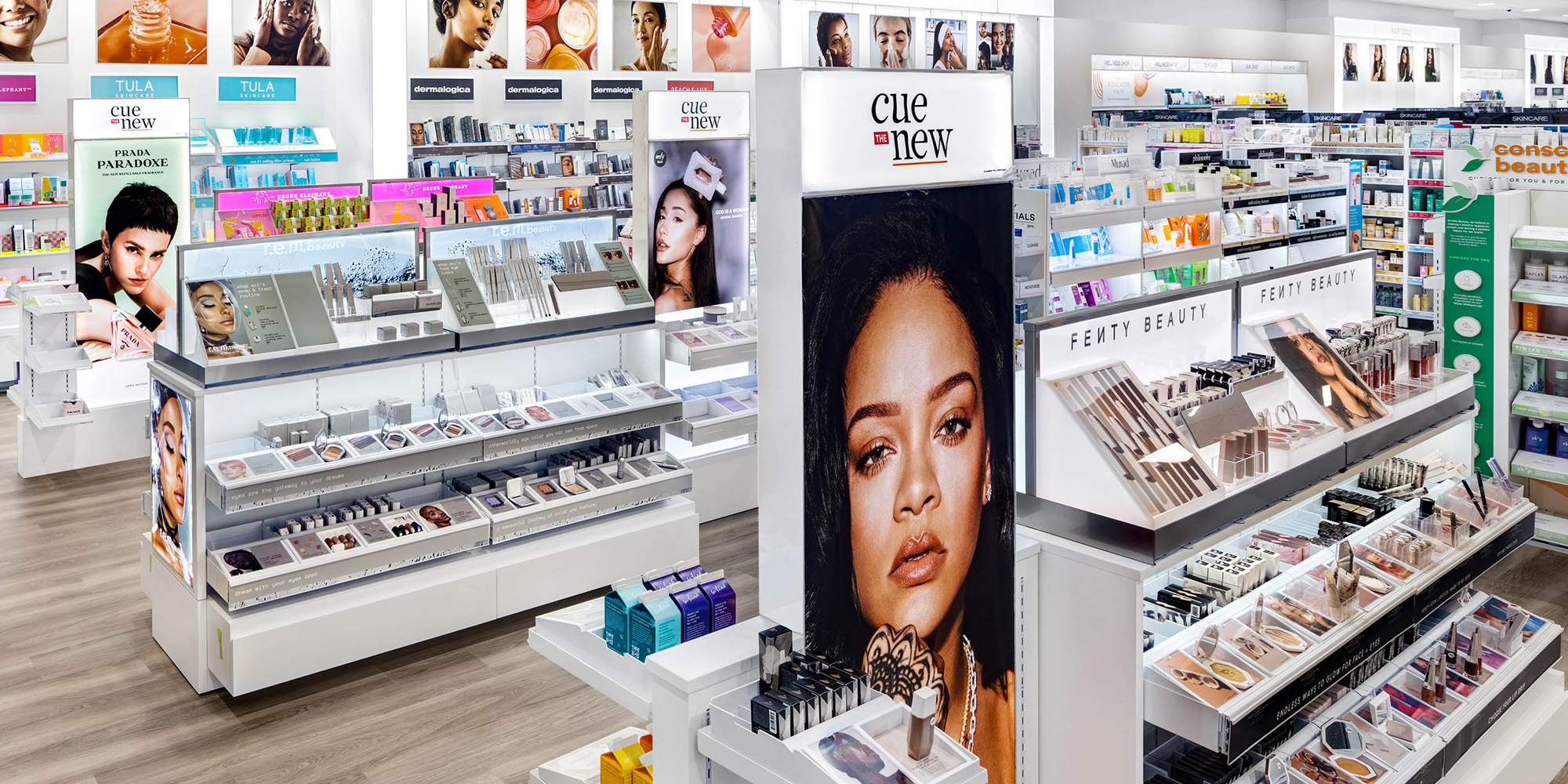
Ulta Beauty’s CEO Says Beauty Is Cooling Off. Should Everyone Panic?
Two months into Ulta Beauty’s fiscal year, CEO Dave Kimbell told analysts at a J.P. Morgan conference on Wednesday last week, “We have planned for moderation in total category growth to kind of the mid-single-digit range. What we’ve seen so far is a slowdown in the total category across price points and segments. That’s a bit earlier and a bit bigger than we thought.”
Although a beauty slowdown isn’t unexpected—as Kimbell mentions, Ulta, which forecasts same-store sales increases to ring in at 4% to 5% for the year, has planned for it, and consumer surveys by consultancy McKinsey & Co. have detected caution among beauty shoppers—Kimbell’s characterization of it being sharper than anticipated sent Ulta’s share price tumbling about 15%, and the negative impacts extended to stocks at other beauty companies such as E.l.f. Beauty, Estée Lauder and Coty.
Since Wednesday last week, Ulta’s share price has only recovered roughly 2% of its losses, reflecting uncertainty about the state of the beauty industry that could have widespread implications, not only for big beauty companies like Ulta and its publicly traded peers, but for smaller beauty brands, both those Ulta carries and those it doesn’t.
To get a broader sense of how beauty is faring, for the latest edition of Beauty Independent’s ongoing series asking questions relevant to indie beauty, we asked 16 beauty entrepreneurs, investors, executives, consultants and others the following questions: Do you believe beauty industry sales are slowing down? If so, how do you think beauty brands should respond?
- Chris Hobson President and CEO, Rare Beauty Brands
Personally, I’ve talked to executives in other B2C businesses ranging from beauty to pet to wine and spirits to automotive, and the consensus is that after an enormous Q4 in which consumers gorged on a wide variety of products, Q1 has been much slower than almost everyone anticipated.
So, the good news and bad news I guess is that the slowdown does not appear to be limited to a specific product category, retailer or brand. We’re all in this together.
Cash is the key at any point in a brand's lifecycle, but even more so when industry sales may be slowing down. Make sure your unit economics are strong, you're hewing to your budget and managing working capital very carefully.
- Cedar Carter CEO, The Good Patch
There are certainly some external factors such as student loan payments that may make a segment of consumers think twice before spending as they have before on beauty. I think we are seeing more caution and a lot of uncertainty in the market in general. However, even in a slowdown, consumers will always spend on great products by great brands.
I think it’s even more critical for brands to understand who their consumer is and make sure they are resonating on an emotional level. It’s not enough to just make a good product anymore, and you can’t be everything to everyone. Every product has to really provide a unique benefit or point of differentiation that is clear to the consumer, and you have to be reaching that consumer where they are.
Understanding who your consumer is, and then how and where they shop is critical. Don’t waste your money on Meta ads if your consumer spends their time on TikTok and vice versa. If you’re utilizing influencers, make sure they really have engagement from the demographic you’re trying to reach regardless of number of followers.
We are also seeing the rise of tween beauty shoppers. I’m seeing it firsthand with my 11-year-old and her friend group. All they want for their birthdays or for holidays is beauty and personal care products, and we’re not talking the cheap stuff here.
They want the hottest products from the best/coolest brands. They all have these complicated skincare routines and know more about skincare and beauty than I did well into my 20s. These girls are educated on beauty and can be quite persuasive.
Don’t discount the power of this rising demographic! They love to share their discoveries and use new beauty and personal care products as social capital.
- Melissa Hibbert President, BrainTrust Founders Studio
The beauty industry's sales may be experiencing a slowdown as recent data suggests a decline in consumer spending, particularly in categories such as makeup and haircare. Nevertheless, my outlook remains optimistic, grounded in a steadfast belief in the beauty industry's resilience, a trait it has demonstrated in the face of similar challenges in the past.
At a broader level, consumers are currently traversing through inflation and high interest rates compounded by economic uncertainties typical of an approaching election period. Such circumstances naturally induce a more cautious approach to spending among consumers. However, amidst this backdrop, beauty brands have an opportunity to fortify their positions by nurturing existing customer relationships and fostering community engagement.
To thrive in this environment, whether by retaining current customers or acquiring new ones, beauty brands should redirect their focus internally, aiming to strengthen connections with their customer base through experiential interactions. By amplifying dialogue and fostering frequent communication, whether through newsletters or other channels, brands can deepen their engagement with their audience.
Moreover, it's imperative for beauty brands to enhance product differentiation both in terms of efficacy and positioning. This entails developing sound strategies and leveraging impactful storytelling to articulate their unique value propositions effectively. This is an area many brands undervalue but one that could make a big difference.
Now is not the time for brands to adopt a passive "wait-and-see" approach. Instead, consumers appreciate brands that demonstrate empathy and understanding of the challenges they face. By personalizing their responses through meaningful content and experiences, brands can build deeper connections and loyalty among consumers.
- Sarah Woelfel Co-Founder and Partner, Cult Capital
U.S. macroeconomic data will be reported in a few weeks, and the preview for the trend is that March month-to-date traffic has declined (2% to 3%), potentially indicating weakness in discretionary spend.
As it relates to the slowdown at Ulta specifically, the recent deceleration is a combination of lapping price increases last spring and pressure in the prestige and mass categories that has now persisted for the last couple of quarters. This deceleration of growth will put pressure on legacy and indie brands to continue to grow and win market share through innovation.
The trifecta of product superiority, brand strength and flawless team reactivity and execution is required for brands to continue to accelerate in this environment. Across Cult’s portfolio of beauty brands, we are still seeing double-digit growth, which points to the strength of the brands we have partnered with over the last few years and the resiliency of superior brands in an environment with macroeconomic headwinds.
- Thomas Winarick Indie Beauty Brand Advisor
It’s the economy and credit crunch combined with the industry having a robust post-COVID growth rebound that is starting to level off.
Throughout the years, I have lived through many economic ups and downs. Historically, beauty holds steady or suffers the least decline versus apparel or home design. Beauty always been an affordable luxury when the economy becomes challenging.
There is always the factor of the consumer trading down from prestige to mass during these times. From a product standpoint, today’s mass and masstige brands and offerings are as sophisticated and compelling as any of the prestige brands without the cache.
Brands such as E.l.f. are wildly successful due to their innovation and disruptive marketing. To me, these are the brands that will not only hold steady, but continue to win during this downturn.
- Rich Gersten Co-Founder and Managing Partner, True Beauty Ventures
We believe that there will always be fluctuations in consumer spend which could affect the overall beauty industry, but what we have seen in most downturns is that even in a slower economic cycle, beauty remains more resilient than other consumer categories.
The industry grew in 2022 when consumers were worried about a looming recession and as interest rates increased. The rebound post-COVID was also quite dramatic. In 2023, both mass beauty and prestige beauty increased in both units and price (the former being an outlier across the broader consumer industry), and all four major categories experienced double digit growth in prestige.
Generally, when one segment slows others accelerate, but we have seen consistent strong growth across all categories for consecutive years now. Most experts believe the beauty industry will grow in 2024. While we might see softness in some categories, we do still anticipate overall growth across the industry, even if it is at a slower pace.
This shouldn’t scare high-quality brands because brands with great product, high degrees of customer loyalty and community will continue to experience growth. Focusing on strong hero products with loyal, cult followings will further insulate a brand from market conditions. We would also encourage brands to have a strong price/value relationship as consumers can trade down in softer times.
But keep in mind that the beauty industry remains highly fragmented, so even as industry growth slows, you may not see the same at the smaller end of the market as newer indie brands have historically and consistently taken market share from larger legacy brands, and that should not change even in a softer market. This bodes very well for the stage of brands that True Beauty invests in regardless of secular market conditions.
- Elizabeth Lim Strategic Advisor, Joyance Partners
While beauty industry sales may be experiencing a slowdown, it’s still growing, and I continue to remain optimistic on the category. Having said that, beauty brands may still face challenges as consumers may reduce discretionary spending habits due to economic pressures. To safeguard beauty brands' businesses for the long term, following are several strategies they can consider:
Focus on high-quality products: Identify the hero products in your portfolio and concentrate marketing efforts on them. This ensures that resources are allocated efficiently to drive repeatable sales of key items. In addition, continuously innovate and differentiate your products to stand out in the market. Develop new products with unique, efficacious formulations, interesting yet functional packaging and/or eco-friendly options to attract consumers seeking innovation, value and sustainability.
Build consumer engagement: In addition to the traditional CRM programs (rewards, discounts and promotions), foster customer loyalty with surprise and delight moments and captivating content. Investing in engaging and informative initiatives can build strong relationships with your audience and establish your brand as an authority in the crowded beauty space. This can help maintain customer trust and loyalty that yields sales stability during economic slowdowns.
Amplify online presence: Strengthen your brand's online presence through optimizing e-commerce platforms (DTC and retailer partners' websites) and maximizing across all social media channels. Invest in digital marketing strategies such as SEO, advertising, affiliate programs and influencer partnerships to reach a wider audience.
Expand into new markets or segments: Explore opportunities to expand into new geographic markets and/or target different consumer segments. Diversifying your customer base can help mitigate the impact of a slowdown in any particular region or demographic.
By implementing these strategies, beauty brands can navigate potential challenges or better yet, be an outlier of growth during these uncertain economic times.
- Sonia Summers Founder and CEO, Beauty Barrage and The Beauty Strategy Group
Every election year brings uncertainty, but I am hopeful that we won’t see a slowdown. Categories are cyclical in terms of growth, and here we go again, prestige skincare is rising, and makeup is slowing down a little.
The way I see it is brands that win will be the ones who innovate. We all know that newness drives beauty. So, creating innovative products is the way to rise above the fray.
Another way to keep growing is by making sure you utilize events in store and build signature experiences for customers where they can try the products, learn more about the technology or the ethos of the brand. Create fans!
There is nothing worse than going into a store and being confused by 10 different skincare brands that contain niacinamide. Consumers need the human touch in store to help guide, educate and advise them. Brands with sales and educational support will also be more competitive.
- Elina WangFounder and CEO, ESW Beauty
From both consumer reports and what I have been noticing, it seems that sales in general are slowing down as a part of the recession. I think beauty brands should rethink their strategy and figure out how to increase their value for customers and stand out by branding their uniqueness.
Since spending is slowing down, products should have multifunction benefits that can save a customer from purchasing multiple products or be different enough to stand out in an oversaturated market.
- Maggie Spicer Principal and Attorney, Source Beauty ESG
After years of stellar growth, it's not a surprise that we might see some market turbulence and a slowdown in retail sales. To combat this, brands should double down on their unique selling proposition.
I see tons of potential for brands that let their customers see behind the curtain on issues like sustainability and sourcing. Shoppers want to know how their products are being made, and this has the added benefit of creating a real sense of transparency.
Consumer loyalty is hard to come by, so exploring these avenues is a great way for brands to fight a future retail slump while shoring up their customer base.
- Carlos Timiraos Founder and CEO, Lab and Bench
People in my network that I’ve been speaking to tend to agree that there will be a broader slowdown in consumer goods overall, including luxe beauty in 2024.
More affordable/mass beauty segments in clean skincare, personal care and wellness may fare better due to increase awareness among consumers about the benefits of self-care.
In this environment, information is key. Strategies driven by data that are consumer-centric will benefit businesses in their ability to innovate and adapt optimally. Think Bubble Skincare.
- Sarah Broyd Partner, Beauty and Personal Care Industry Lead, Clarkston Consulting
Historically, in economic downturns, the “lipstick effect” has kept the beauty industry healthy. Like Dave Kimbell, I believe the industry is facing unprecedented pressures. Inflation within the broader consumer products industry has grown over 30% in recent years, and wages have not seen similar growth. So, while there is some growth in the industry, it is largely attributed to price and not units sold.
However, I feel there are more compounding factors than just rising debt and political uncertainty. There is a fundamental shift in the way consumers are purchasing beauty and what they are choosing to buy.
Most of the growth within the health and beauty industry depends on how you define the category. Skincare has been driving most of the growth within the category, so when you look specifically at beauty and haircare, consumers are choosing to allocate their discretionary spending towards different products than pre-pandemic, which drives the most risk to the prestige product market.
Consumers are being driven towards products that resonate with them more so than just the effectiveness of a product. This has contributed to the importance of brand values such as sustainability and inclusivity within the industry. I think this is also why we have seen so much success in the launch of celebrity-backed brands in recent years. Brands should focus on ensuring that they are meeting customer demands and expectations.
From a marketing perspective, brands should ensure they are resonating with the consumer, whether it be focusing on value and affordability or increasing ‘connection points’ with their consumer. Leveraging social media and influencer marketing will help keep brands in front of the consumer, even when they aren’t shopping.
- Andrew Glass Founder and Co-Founder, Non Gender Specific and Wakse
I think that, at any given time, the industry has ebb and flow, not just during specific times. In my opinion, it really depends on the category. For example, the hair removal category had a massive boom during and immediately post-COVID, but, in 2022/2023 we saw sales level out as consumers went back to services.
In late 2023 through now, we've seen a big increase in sales again, with our own up 30% from last year. Our team is heavily focused on innovation and continuing to differentiate our products from others within the category. Instead of doing simple line extensions, we're working hard on delivering first-to-market products that stand out, and so far it's worked extremely well for us.
- Nora Schaper Co-Founder and President, HiBar
While beauty sales may be slowing down, sustainable segments across the category are experiencing continued rapid growth. Estimates put that growth at 12.2% among plastic-free products and 18.1% growth for cruelty-free options.
Given the growth in those categories, I would advise beauty brands to respond by increasing their offering of truly sustainable products. Demonstrating their commitment to sustainability such as eliminating plastic packaging and shipping materials and by avoiding questionable ingredients throughout their product lines would be worth pursuing in all beauty categories.
- Richie Rubin EVP, Garcoa
Historically, we have seen sales of personal care products increase in recessionary environments. I feel strongly that this occurs because people want to look good while they do not feel good.
While it is true that consumers may look for lower priced alternatives and/or generic versions of well-established brands, they are still actively consuming items that make them look/feel good. It is my belief that beauty brands should stay on top of macro-economic factors and focus on providing a premium experience for a reasonable price.
If brands can look good and perform well without attracting an ultra-premium price, there is no reason why they cannot succeed in any economic environment.
- Kaylee Astle Founder and CEO, Blanka
Historically speaking, the beauty industry has demonstrated resilience during economic downturns, a phenomenon famously dubbed the "lipstick effect" since the 1950s. This trend suggests that consumers tend to prioritize smaller indulgences like cosmetics during times of economic uncertainty, even when discretionary spending on luxury items may decline.
If history has anything to say, I believe the impact of economic pressures on beauty industry sales will be tempered, particularly in the mid to lower price range segments. However, premium categories like prestige makeup and haircare might experience some slight slow down.
If you have a question you’d like Beauty Independent to ask beauty investors, entrepreneurs, executives and consultants, please send it to editor@beautyindependent.com.
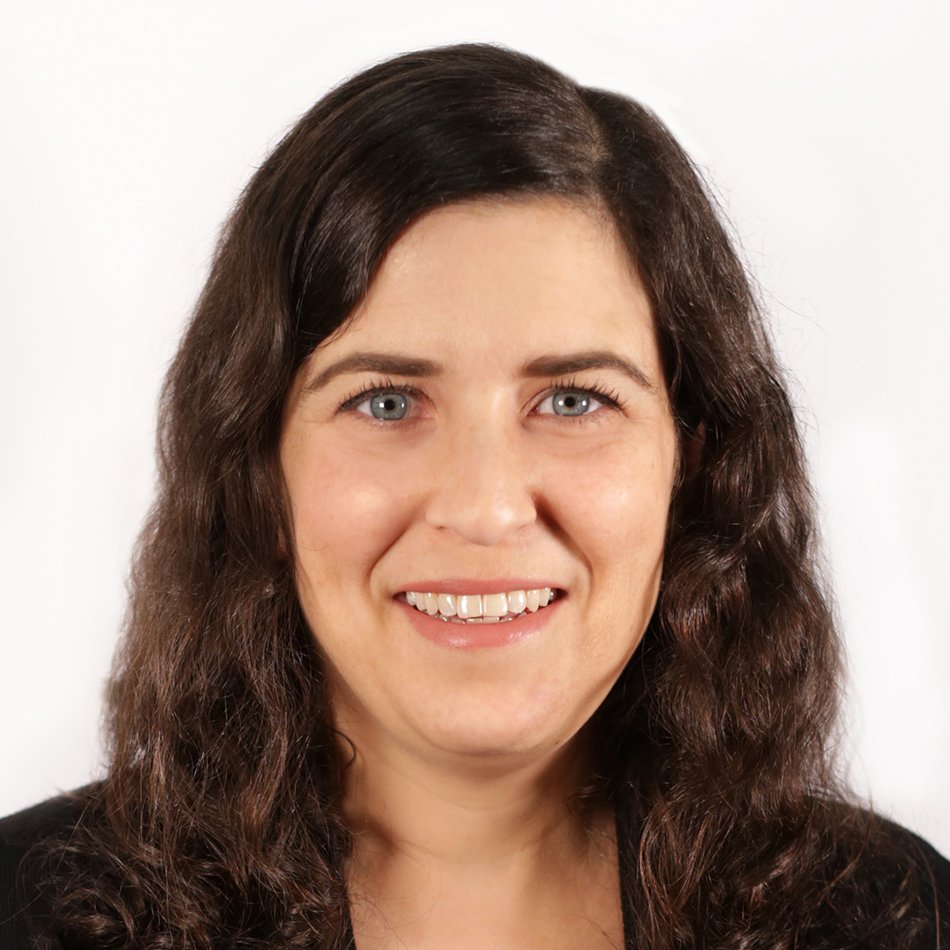
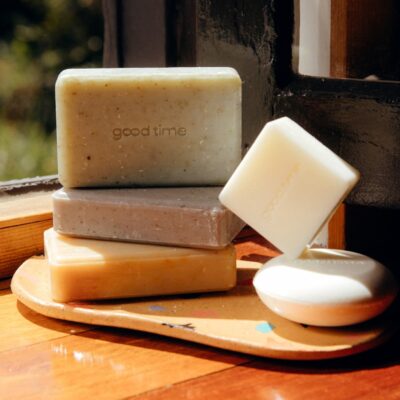

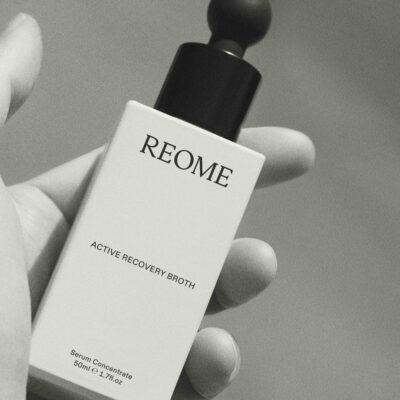
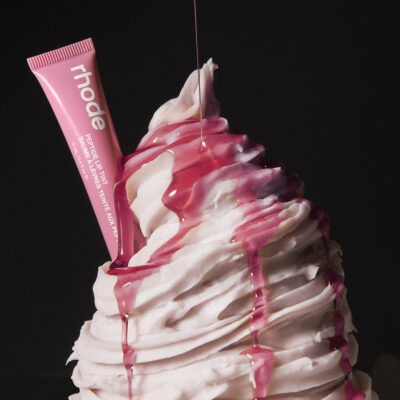
Leave a Reply
You must be logged in to post a comment.